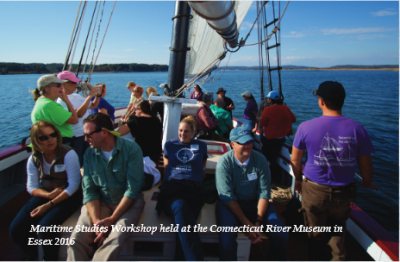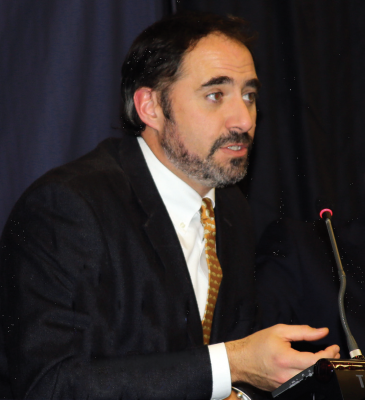By Nella Quasnitschka
On October 16th, a group of UConn ECE staff hoofed it to Louisville, KY to attend NACEP’s 2016 National Conference themed, The Triple Crown: Quality, Collaboration & Transition. With over 770 educational leaders from almost every state in attendance, it was a year of change for NACEP as The Board of Directors presented a new strategic plan to help the organization move forward in the coming years.
The conference committee offered copious opportunities to learn, share new practices and network in over 60 breakout sessions that focused on all aspects of concurrent enrollment. Various tracks included
effective program management, policy & advocacy, standards & accreditation, and research & program evaluation. Included in the long list of workshop presenters was our very own thoroughbred, Magdalena Narozniak, Program Coordinator for Research and Development. Magda’s presentation titled, “Demystifying Assessments: Quality Outcomes and Quality Data Presentation,” focused on which outcomes related to enrollment are best suited to assess programs and examples of how UConn ECE presents and uses assessment data for impactful improvement.
Since 2004, NACEP has served as a national accrediting body for concurrent enrollment partnership
programs. Applicants must present evidence documenting how their college or university has implemented NACEP’s national standards in the areas of: curriculum, faculty, students, assessment, and
program evaluation. This year, eleven colleges and universities earned accreditation and were recognized at the Accreditation Recognition Ceremony. This extensive accreditation process helps institutions validate the quality of college courses offered in high schools and ensures the academic rigor matches the standards of the sponsoring post-secondary institution.
A team of six well-bred ECE staff represented UConn at the conference. We submitted a third place poster into the Marketing Competition, presented a workshop, and shared best practices. We even had a
little fun with our colleagues at a dueling piano bar after a long day of workshops and meetings. We learned, networked, and impressed others with our knowledge of running the oldest, and one of the largest, most successful concurrent enrollment program in the nation! Our poster didn’t clinch the win but we plan to train hard and go back next year stronger than ever! See you in 2017.











